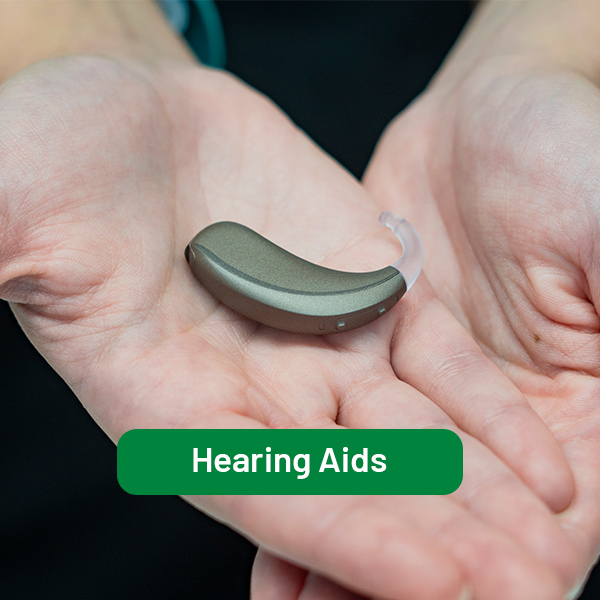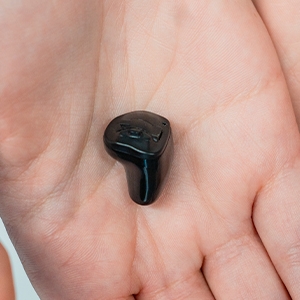
Project Details
What is it?
Hearing aids are small electronic devices designed to improve hearing for individuals with hearing loss. They work by amplifying sounds from the environment and delivering them to the ear, making them easier to hear and understand. Here’s how hearing aids typically work:
Microphones: Hearing aids contain one or more microphones that pick up sounds from the surrounding environment.
Amplifier: The microphone sends the incoming sounds to an amplifier, which increases the volume of the sounds.
Signal Processing: Advanced digital hearing aids often have signal processing technology that helps to filter out background noise, enhance speech clarity, and customize the sound to match the wearer’s hearing needs.
Receiver: The amplified sounds are then sent to a receiver or speaker, which delivers the sound into the ear canal.
Ear Mold or Dome: Depending on the style of the hearing aid, the sound is delivered either through a custom ear mold that fits snugly into the ear canal or through a small dome that sits in the ear canal.
Battery: Hearing aids are powered by batteries, which can be disposable or rechargeable. The batteries provide the necessary energy for the hearing aids to function.

Types of Hearing Aids
Hearing aids come in various styles and sizes to accommodate different types and degrees of hearing loss, as well as personal preferences. Common styles include:
Behind-the-ear (BTE): A small device that sits behind the ear and is connected to a custom ear mold.
Receiver-in-the-ear (RITE) or receiver-in-canal (RIC): Similar to BTE, but the receiver or speaker is placed inside the ear canal, connected to the device by a thin wire.
Completely-in-the-canal (CIC): The smallest type of hearing aid, fitting completely inside the ear canal and nearly invisible when worn.
